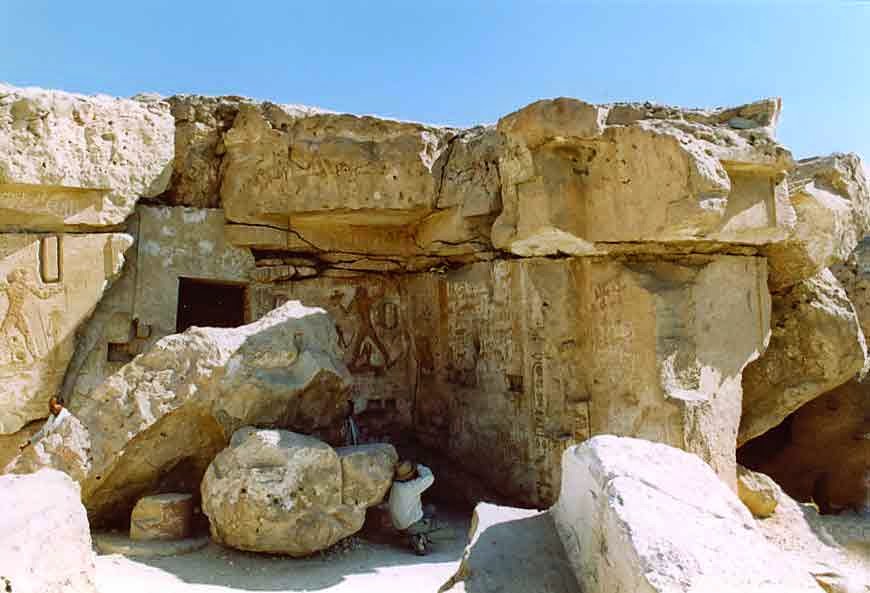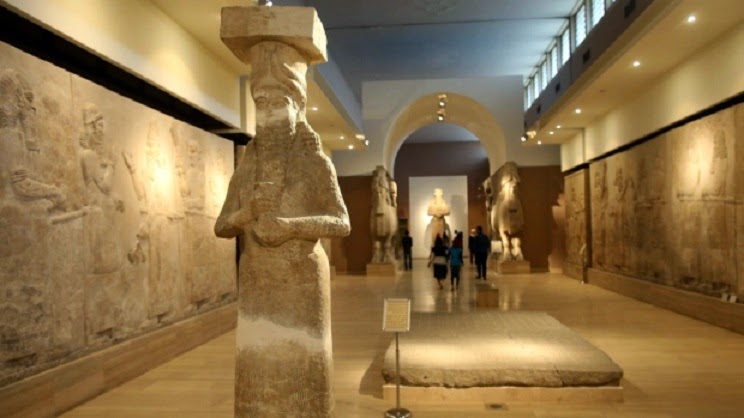Sew La Ti Embroidery [Search results for Cairo]
Heritage: Cairo’s Blue Mosque opens after 6-year restoration

Zaha Hadid will construct Stone Towers in Cairo
Heritage: Two Egyptian tombs restored, opened to public

Heritage: Fallen Egyptian archaeologist wants international Grand Museum

Heritage: More on Egyptian tomb falls victim to looters

Heritage: Egypt approves replica Pharos lighthouse plans

Israel: Egypt sues Israel over 126 smuggled artefacts

Heritage: Two Egypt museum curators arrested for artefact thefts

Heritage: 96% of Egypt's ancient monuments neglected

Heritage: Egyptian tomb falls victim to looters

Heritage: Stolen artefacts from Egypt's Graeco-Roman Museum recovered

Heritage: Suspects arrested in case of stolen Memphis statue

Iraq: Iraq says ISIS demolishes ruins to cover up looting

Heritage: Suicide bomber strikes near temple of Karnak in Luxor

